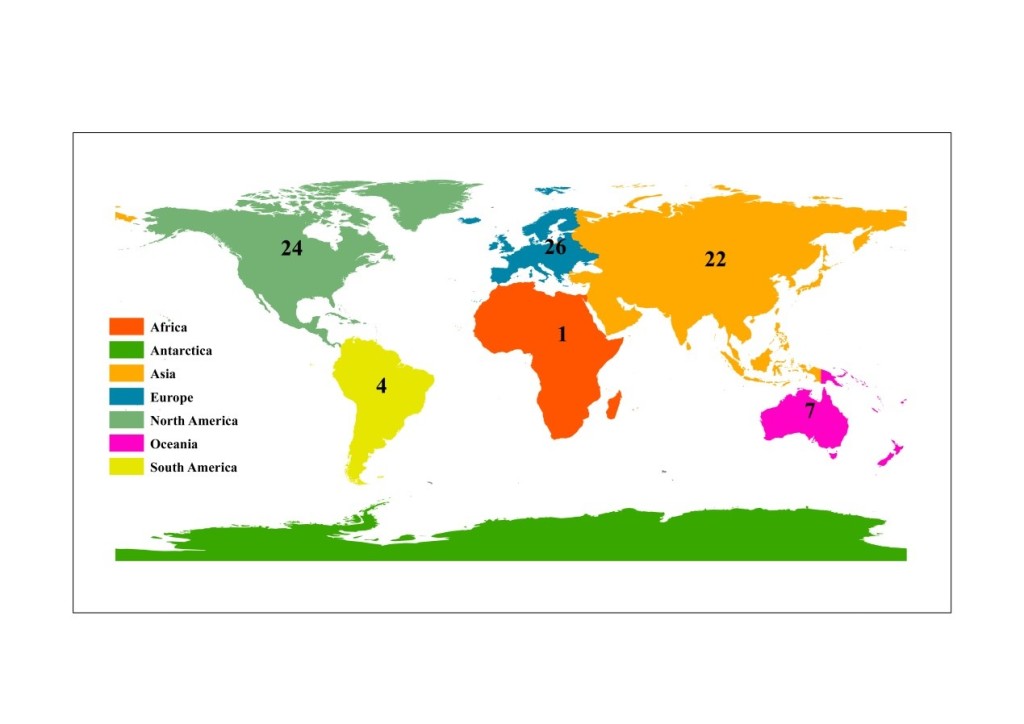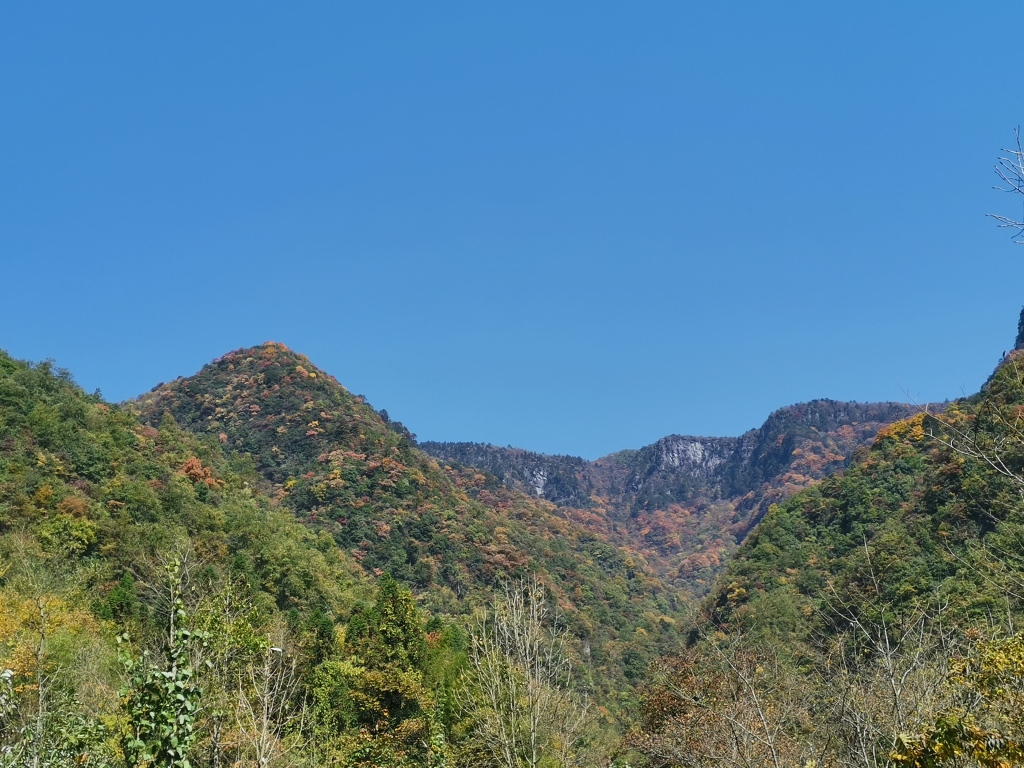Xinzeng Wei talks us through their recent meta-analysis, conducted with several colleagues, which found that ecological restoration does not significantly improve the genetic diversity of plant species as compared to reference or degraded populations. Wei et al instead suggest that using passive restoration, seeding, and mixed sources could significantly increase the genetic diversity of restored populations.
The problem
Human disturbance has led to several negative consequences for wild plants across the world, including a decrease of intraspecific genetic diversity, which may jeopardize the survival and growth of plant species. Ecological restoration aims to help recover plant populations and has been extensively practiced in different kinds of ecosystems. However, it is still unclear whether and to what extent the practice of ecological restoration has promoted genetic diversity of plant populations.

In our latest research article in the Journal of Applied Ecology, we compiled a global dataset, comparing the genetic diversity of restored plant populations with reference populations and those more degraded populations. Specifically, we explored those underlying drivers supporting plant recovery, such as species characteristics and restorative strategies.
Findings:
Lower genetic diversity in restored plant populations
It has been widely recognized that ecological restoration plays an important role in enhancing species diversity, functional diversity, and ecosystem services. However, our overall results reveal that genetic diversity is significantly lower in restored populations than in reference populations, and is comparable to that in degraded populations. One reason for this might be that restored populations may not have captured enough genetic diversity from wild populations at the beginning of restoration practices. This could be due to inappropriate sampling strategies or unreliable commercial seeds.
Effects of plant species characteristics on the recovery of genetic diversity
Ecological restoration effectively enhanced genetic diversity of herb species but not woody species. It also enhanced genetic diversity in grassland ecosystems, but not forest ecosystems. Our findings shed new light on the widely held notion that ecological restoration for woodland species is generally more difficult than for herb species.
Effects of restoration efforts on the recovery of genetic diversity
In contrast to our expectation, genetic diversity in populations restored using active methods (e.g., seeding and seedling planting) is significantly lower than in reference populations. Genetic diversity in populations where passive methods (e.g., natural regeneration) were used is not significantly different from reference populations . This suggests that passive restorative methods significantly enhance the genetic diversity of restored populations compared to those active methods.
For the two main types of active restoration, seeding rather than planting significantly enhances the genetic diversity of restored populations. We found that genetic diversity is significantly lower in those populations which were restored using ‘planting’ methods compare to reference populations. Direct seeding is a more cost-efficient restoration practice than seedling planting and a relatively easy way to increase the initial population size of restored populations.
In contrast to populations restored using a single seedling population, populations restored using mixed seedlings from different donor populations showed similar genetic diversity to reference populations. For example, having a mixture of propagules from different local populations was found to be an efficient approach to enhance genetic diversity in restored populations. Recently, more and more empirical studies have adopted this promising method.
However, large-scale translocation and mixture of materials from distinct genetic lineages may have the risk of maladaptation, outbreeding depression, and hybridization. Identifying seed transfer zones, regions within which plants can be transferred with almost no negative consequences for population fitness, for plant species with a strong genetic structure could address these issues.
Recommendations
It is well known that genetic diversity plays a pivotal role in improving individual plant viability and population evolutionary resilience. Here, we made the following recommendations for the enhancement of genetic diversity in restored populations.
First, recovery of genetic diversity should not be treated just as a co-benefit of ecological restoration, along with other aims, but as a key goal in future ecological restoration with plant species.
Second, appropriate strategies should be adopted to improve and maintain genetic diversity in restored populations, reducing genetic risk and resource consumption. When wild-source plant populations are sufficient and available, and the degraded ecosystems are recoverable without additional human input, passive restoration, this has the advantages of cost-efficiency and the use of local-adapted individuals, is priority. When conditions are not suitable for passive restoration, active restoration or a mix of passive and active restoration will be necessary. In this situation, our findings suggested that direct seeding with a mixture of seeds within but not among different seed transfer zones could greatly increase genetic diversity in restored populations.
Third, genomic approaches, such as population genomics, should be used to improve seed sourcing, assessment, and monitoring of restoration efforts. More and more studies have highlighted the importance of genetic diversity in individual establishment, population persistence, and recovery of ecosystem functions., However, only few studies report direct evidence of a link between genetic diversity and plant performance in restored populations. Genomic tools have the advantages of higher resolution and greater power in associating fitness and adaptive genetic variation than the neutral molecular makers that are commonly used.
Read the full article, “Impacts of ecological restoration on the genetic diversity of plant species: A global meta-analysis” in Journal of Applied Ecology


